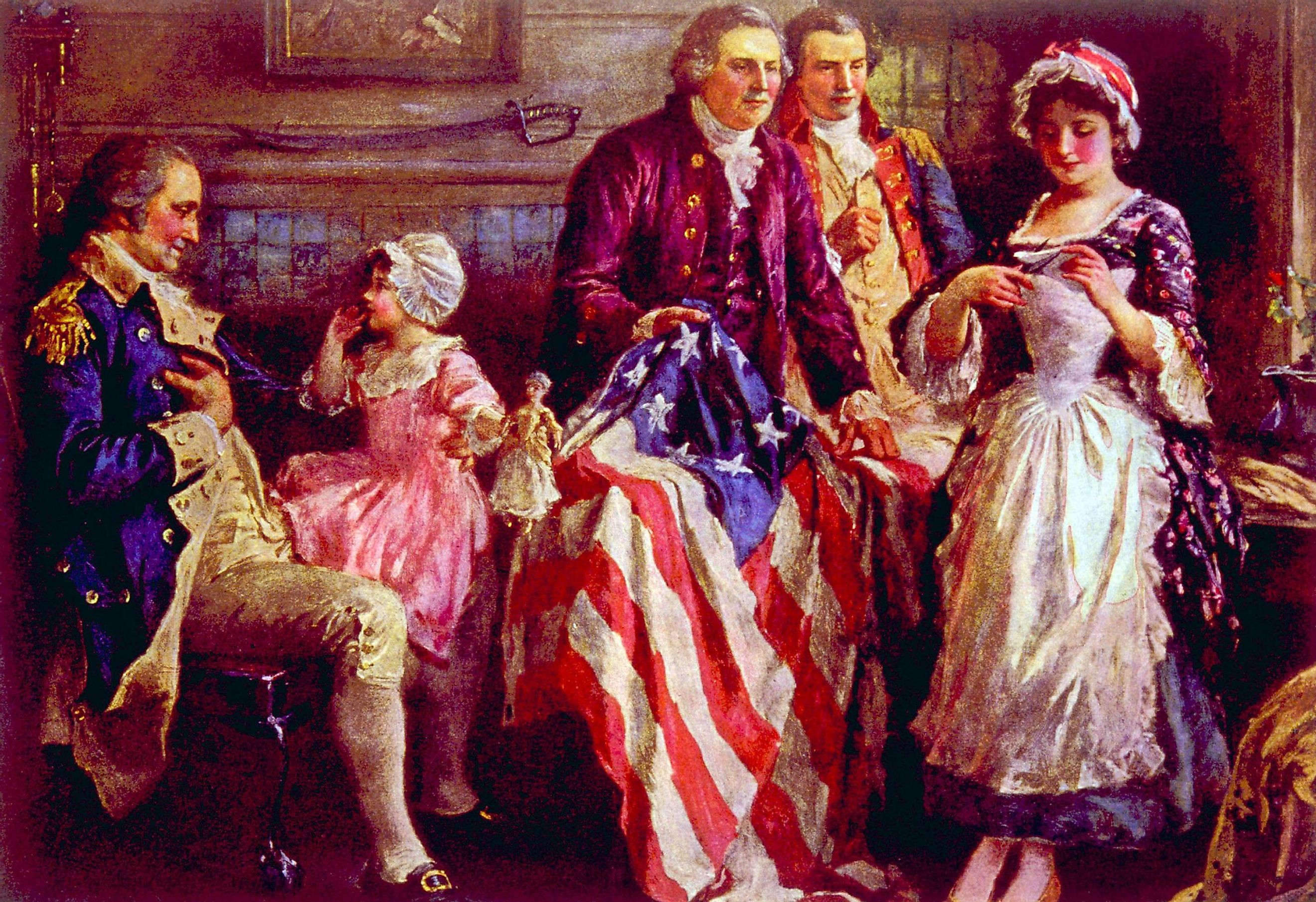
6 US History Facts That Are Actually Totally Wrong
It’s reasonable to say that, in the 246 years since it declared it’s independence, the United States has seen its fair share of misinformation. Myths and legends can sometimes feel like they have a life of their own, spreading from one person to another without challenge. Some of these myths have become so firmly rooted in our psyche that we hardly ever stop to question their origin, which may have been forgotten or intentionally distorted. However, it is always worth setting the record straight on misinformation, even decades or centuries later.
1- The USA Only Fought in Vietnam During the Vietnam War

The Vietnam War was a 20-year conflict between South Vietnam, supported by the US and other Western allies and North Vietnam, supported by the Soviet Union and Communist China. The USA became directly involved in 1965, sending in American troops until their withdrawal in 1973. Today, the Vietnam war is one of the most unpopular wars in America, and was highly controversial even while it was ongoing.
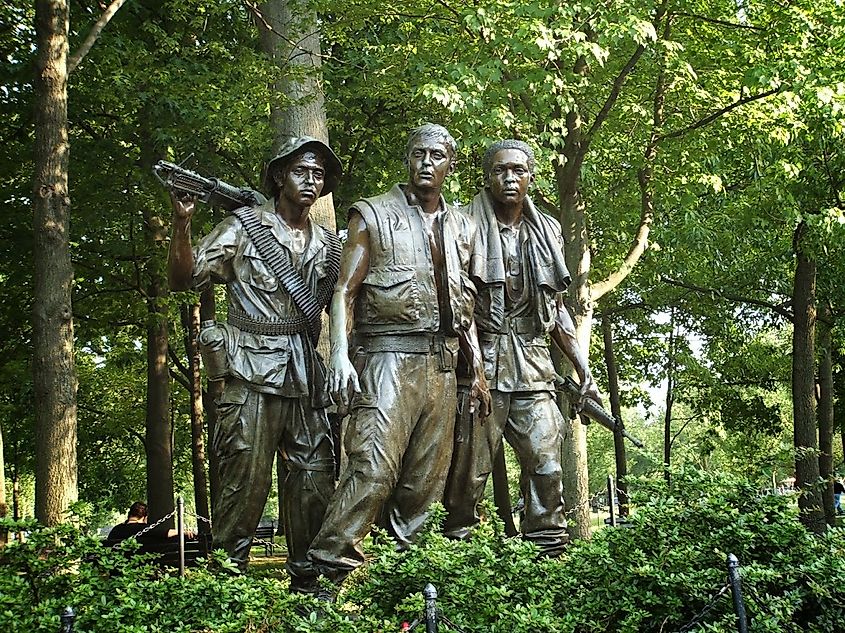
Despite its name, the war was fought in Laos and Cambodia as well. Successive US presidents authorized intensive bombing campaigns in Laos and Cambodia to prevent assistance to North Vietnam. President Lyndon B. Johnson bombed Laos under Operation Barrell Roll, the details and extent of which continue to be largely unclear, despite the campaign being “the biggest bombing in history” according to former President Barrack Obama. Additionally, President Richard Nixon ordered the bombing of Cambodia in secret under Operation Menu and Operation Freedom Deal, without notifying the US Congress. This was the trigger for Congress passing the War Powers Resolution, which limits the president’s power to conduct warfare.
2- Betsy Ross Designed the First US Flag
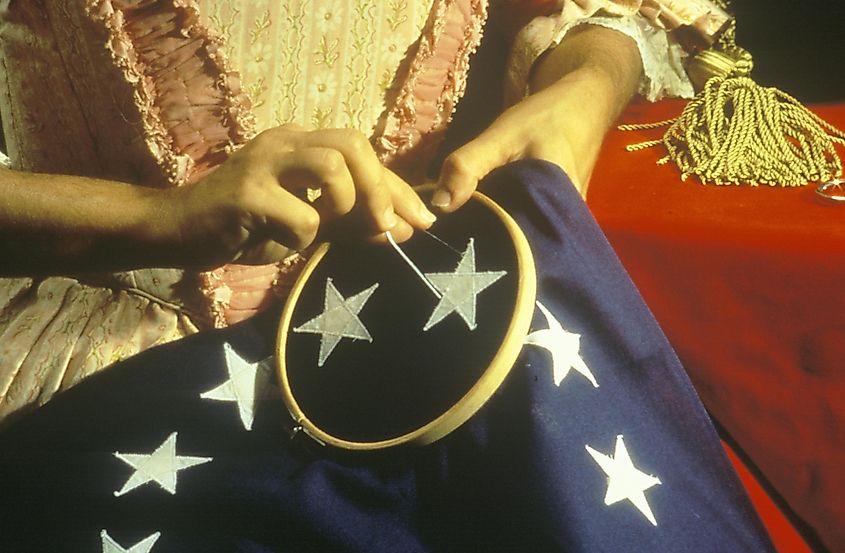
Betsy Ross is arguably the most famous woman of the American revolution, namely for having reportedly designed the “Stars and Stripes” banner, which became the official flag of the United States of America. Moreover, she was also rumored to have come up with the name “United States of America” for the newly independent former British colonies.
It is true that Betsy sewed and sold the flag, but there is very little evidence to support the claim that she designed it. The claim itself was only made nearly 100 years after her death. Her grandson, William Canby, popularized the story, which he said was told to him by Ross many times.
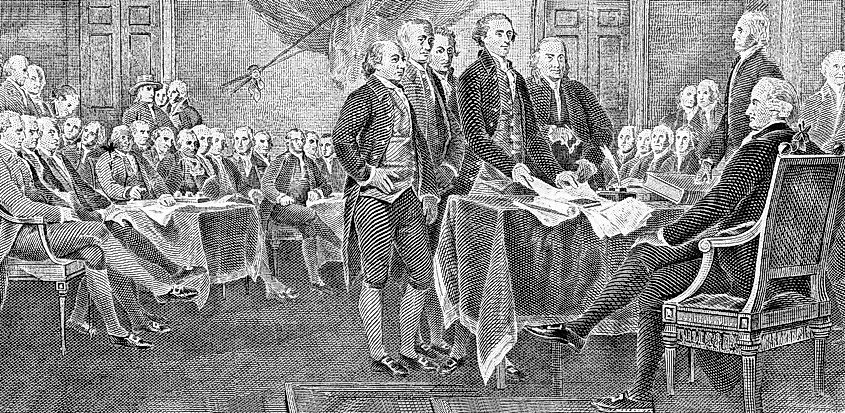
Some historians believe that it was actually one of the signatories of the Declaration of Independence, Francis Hopkinson, who designed the flag. Hopkinson petitioned the government to pay him for the design, but this was rejected on the basis that he was “not the only one consulted” on the design, suggesting that no one person could claim credit for the job.
3- The Emancipation Proclamation Outlawed Slavery in the USA
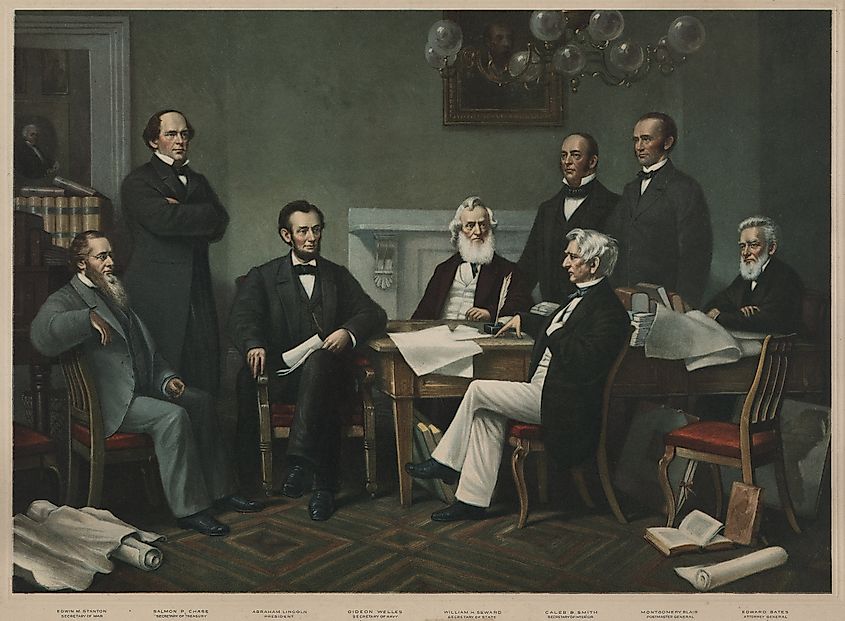
You may have heard that Abraham Lincoln’s Emancipation Proclamation outlawed all slavery across the USA. It may be true the proclamation was a major catalyst to abolition, but it actually only outlawed slavery in the Confederacy, as the proclamation explicitly applied only to states in open rebellion. Delaware, Kentucky, Maryland, and Missouri remained in the Union during the civil war, despite allowing slavery, and they were unaffected by the proclamation.
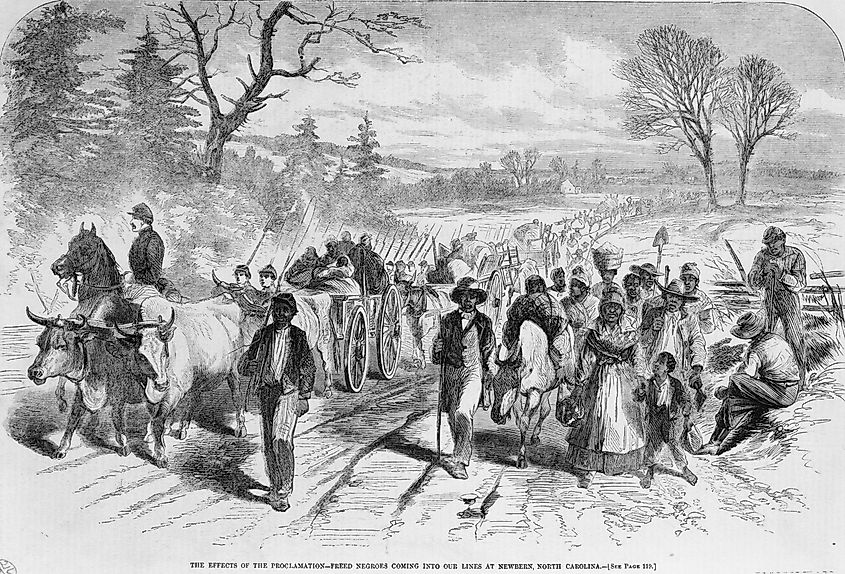
The end of the civil war in April 1865 outlawed slavery in the South, and the last slaves there were freed in Texas on June 19 of the same year, which is now a federal holiday celebrated as “Juneteenth”. Finally, the ratification of the 13th Amendment on December 6, 1865 formally outlawed slavery across the USA.
4- Witches Were ‘Burned at the Stake’ During the Salem Witch Trials
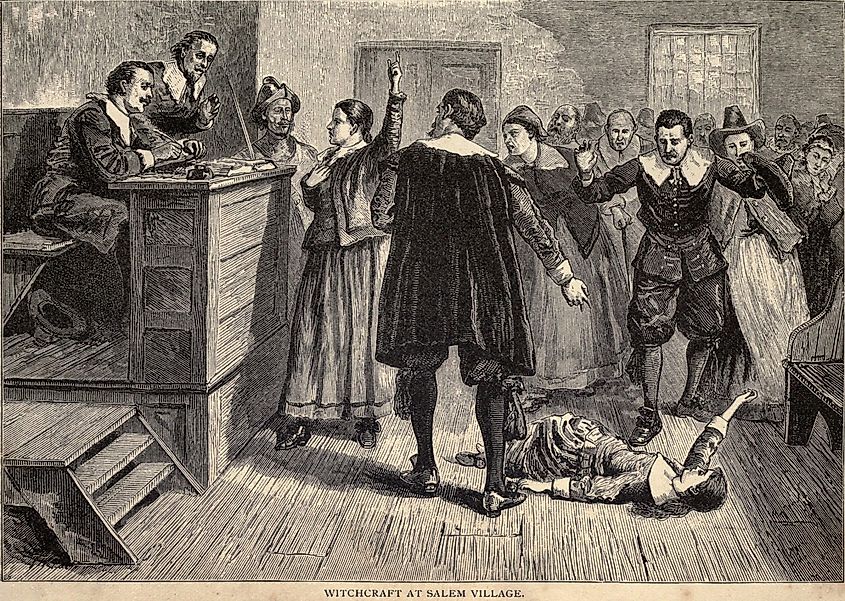
The Salem witch trials were held in colonial Massachusetts to punish people accused of being “witches”, working with the devil, or communicating with unspecified evil spirits. Although they only lasted for around a year, they feature heavily in the American consciousness. Countless research, movies, and books have spawned around the trials, and the phrase “burn at the stake” has become a popular phrase meaning “to punish severely”.
In reality, only witches in medieval Europe were tied up to a large stake and burned to death. The witch-hunts in Europe became widespread far before those in America, and they lasted for centuries. Of the 20 people that were executed in the Salem witch trials, 19 died by hanging, while another was crushed to death under a pile of stones.
5- Only Japanese Americans Were Interned During WWII
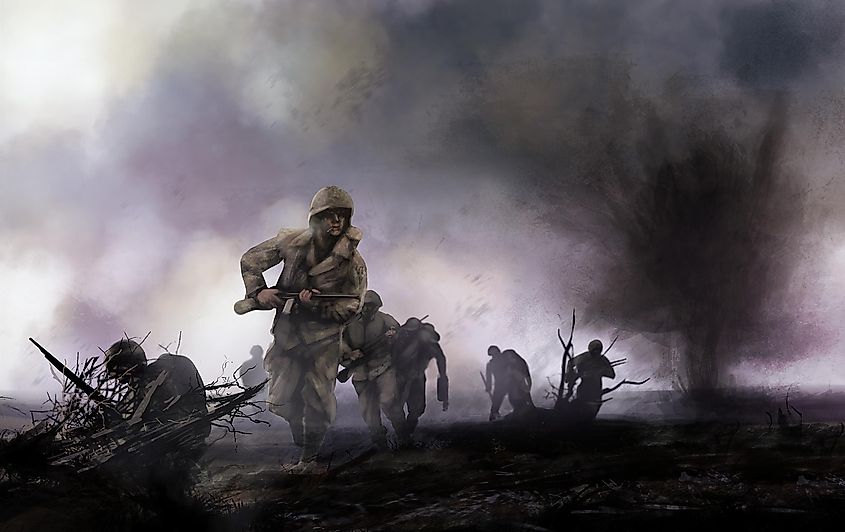
The forced internment of Japanese Americans during the Second World War has long been considered one of the darkest moments of the USA’s history. In 1942, only months after Imperial Japan’s attack on Pearl Harbor, President Franklin D. Roosevelt issued Executive Order 9066. The order led to the detention of over 100,000 Japanese and Americans of Japanese descent in concentration camps for the duration of the war. The stated aim of the order was to prevent a supposed security risk that this population would pose to national security. The detention was considered lawful at the time, and it was not until 1988 that the government under President Ronald Reagan apologized and compensated those remaining.
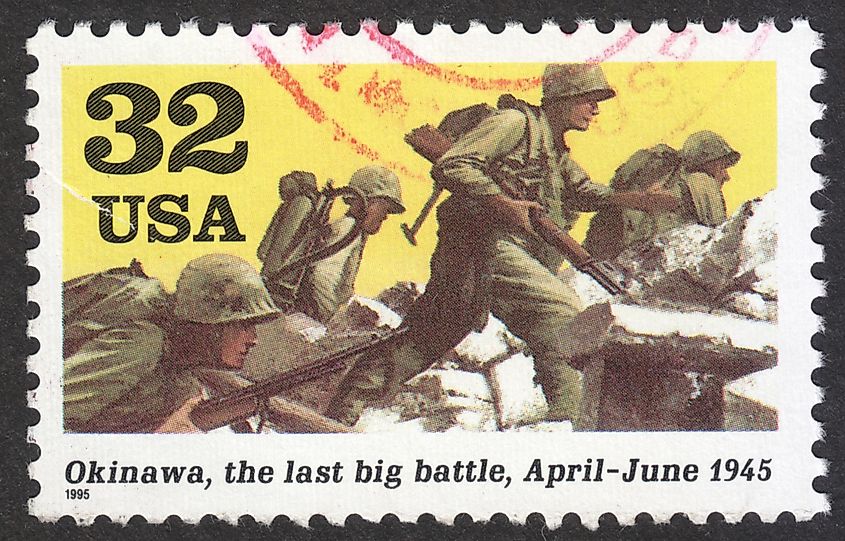
Not as well publicized, however, was the internment of Americans of German and Italian descent. This is because a much smaller percentage of them were detained in camps, though they still amounted to over 10,000.
6- Washington DC Was Always the Capital of the USA
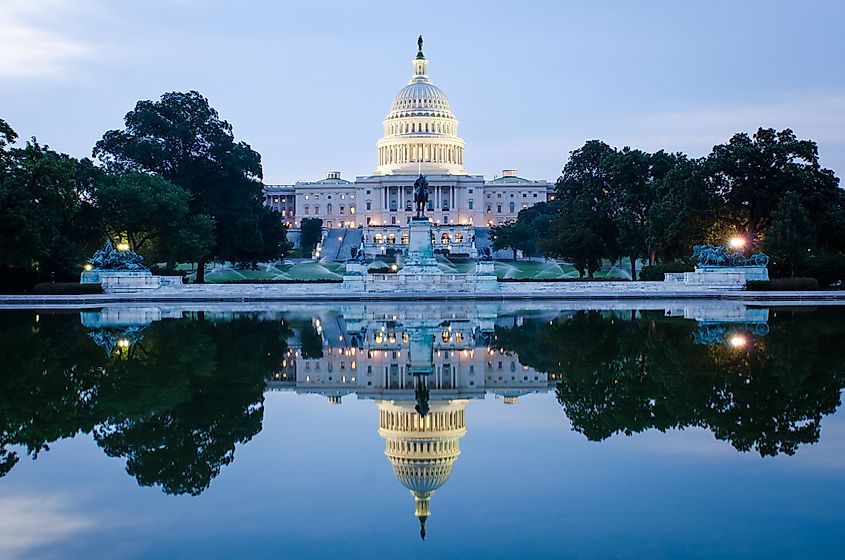
History buffs would know that the US constitution and Declaration of Independence were signed in Philadelphia, and not Washington DC. If you’ve ever wondered why that is, it’s because Philadelphia was actually the capital at the time. Washington DC was not always the capital of the United States. In fact, the US had a total of 8 capitals before finally settling on Washington DC. The capital had been moved several times during the American Revolution, as lawmakers searched for safer places to convene. When George Washington took the oath of office to become the first president of the United States of America, he did so in New York, which was the nation’s capital for nearly 5 years.
Washington DC was eventually proclaimed the capital in 1790, as a result of years of negotiations between Northern and Southern states. Crucially, Washington DC is not a US state, but a district; a designation that was meant to keep the area neutral and unbeholden to the residents of any one state.
You may have heard some of these “facts” at the dinner table, or even in school. Hopefully, you can now be more equipped to set the record straight, not on just these myths, but on other stories people may have accepted without question.











